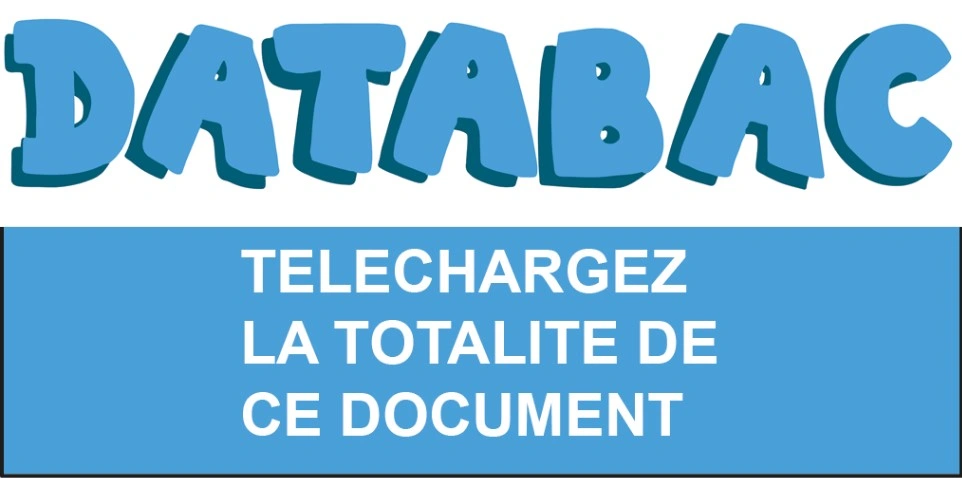Compte-rendu anglais
Publié le 02/05/2025
Extrait du document
«
Text 1:
This document is a news article that aims at informing local readers about a cybersecurity practice
known as "phishing simulations" and how large organizations, like WakeMed, by sending out mock
phishing emails to their own employees.
The function of this practice is educational—they want to
raise awareness and improve the ability of employees to recognize and avoid real phishing scams.
The article follows a clear and logical structure: it begins by presenting the issue (the threat of
phishing), then explains the company’s strategy (sending simulated phishing emails), and finally
discusses the results and reactions of the employees.
MakeMed’s strategy involves sending mock phishing emails to identify vulnerabilities in the workforce
and improve employees' ability to spot and avoid real phishing attacks.
The article explains how WakeMed sends simulated phishing emails disguised as holiday offers,
preying on the natural tendency to click on "free" offers.
These emails often contain subtle clues, like
grammatical errors, that can signal a scam.
For example, the phrase "Please using the link..." in one
email highlights how cybercriminals sometimes overlook basic grammar.
These clues teach
employees to be more vigilant when reviewing suspicious emails.
Despite widespread awareness of phishing risks, many employees still fall for these tests.
According to
WakeMed officials, while most healthcare workers recognized the scam, hundreds still clicked the link,
demonstrating that phishing attempts can be tricky.
This reinforces the need for ongoing training.
Lastly, the article notes that while the goal of these simulations is to raise security awareness,
employees may feel embarrassed or resistant to further training if they fail the test.
Text 2:
The text is an extract taken from a novel written by Neal Stephenson first published in 1992, during the
early days of the Internet.
Firstly, the text introduces Hiro’s background, lifestyle, and current financial difficulties, before
explaining his work as a freelance stringer for the Central Intelligence Corporation (CIC).
It then places
his job within a larger world where the roles of information, government, and corporate power have
dramatically shifted.
Indeed, the document follows a clear structure, first explaining Hiro’s life and job,
and then placing them within a broader dystopian context, where information and data have replaced
traditional forms of government and knowledge.
At the beginning of the text, Hiro looks back on a lifestyle that once seemed exciting and full of
promise but has now become harder to maintain as he grows older.
Currently, Hiro’s main occupation is as a freelance "stringer" for the Central Intelligence Corporation
(CIC), a hybrid organization that blends the functions of the Library of Congress and the CIA.
His work
involves collecting and uploading various types of information—such as gossip, videos, and official
documents—into a massive database called the "Library." Hiro only gets paid when the information he
uploads is deemed useful by corporations or powerful groups called "Sovereigns." Thus, his....
»
↓↓↓ APERÇU DU DOCUMENT ↓↓↓
Liens utiles
- Compte-Rendu de lecture sur Rhinocéros de Ionesco
- compte rendu théâtre: « Tailleur pour Dames » de Georges Feydeau
- Compte rendu du TP1 : Mise en évidence des molécules organiques de la cellule
- Science Laboratoire Compte rendu écrit
- Compte rendu d'une conférence sur Marcel Proust: Rapport d’initiation à la recherche - PASSION PROUST


